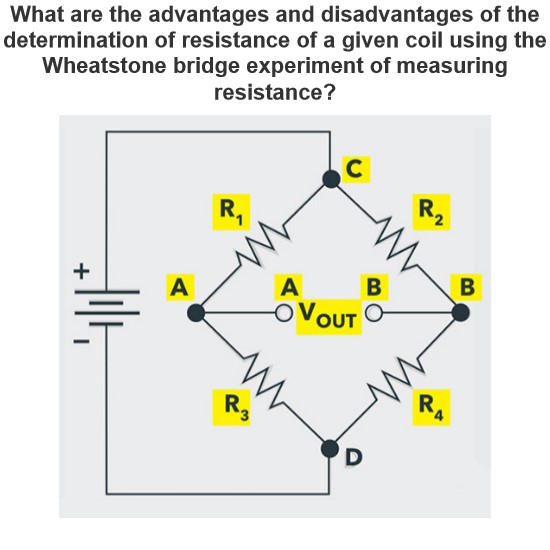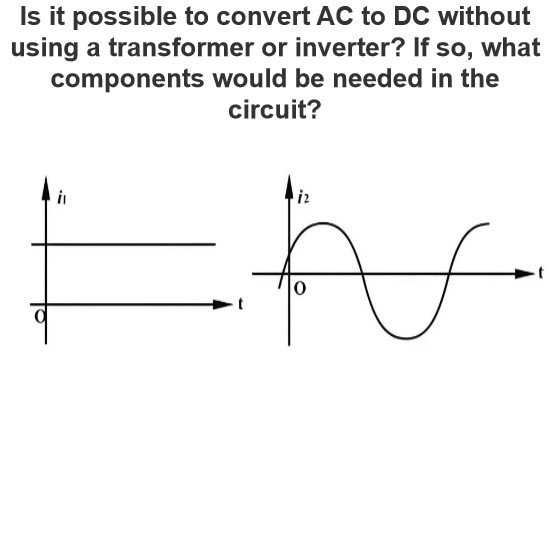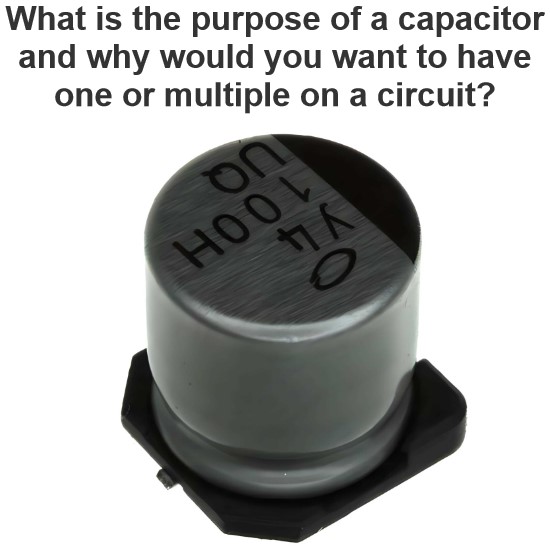What is the purpose of connecting the primary winding of a step-up transformer in series with the main supply and the secondary winding in parallel?
The situation where the primary winding of a booster transformer is connected in series with the main power supply and the secondary winding is connected in parallel with the main power supply is not common in practical applications, because this connection method usually does not bring the expected benefits and may introduce unnecessary complexity and potential risks. However, assuming that this configuration is for a specific function, we can explore its possible purpose and application scenarios.
Series primary winding for purpose
When the primary winding of the booster transformer is connected to the main power supply in series, it means that the input end of the transformer is directly connected to the power line. This connection is usually intended to use the transformer as an impedance matching element or as a voltage regulator.
Purpose of parallel secondary winding
When the secondary winding of the booster transformer is in parallel with the main supply, it means that the voltage output by the secondary winding will be in parallel with the main supply voltage. This type of connection is usually used to provide a higher voltage output, and in some cases can be used to compensate for a lack of grid voltage.
Possible purpose
Voltage boost: If the grid voltage is lower than the required operating voltage, the voltage can be raised to the required level through a boost transformer. The secondary winding is in parallel with the main power supply to ensure that even in the case of grid voltage fluctuations, the load can get a stable high voltage.
Impedance matching: In some applications, it is necessary to match the impedance of the power supply to the impedance of the load to maximize power transfer efficiency. By connecting the primary windings in series, the impedance of the entire circuit can be adjusted.
Voltage regulation: The booster transformer can act as a voltage regulator to ensure that the voltage at both ends of the load is maintained at a constant level.
In the case of parallel connection, the booster transformer can supplement the shortage of grid voltage and ensure the voltage stability at both ends of the load.
Current limitation: In some cases, it may be necessary to limit the current through the load. By connecting the primary winding in series, it can play the role of current limiting. The parallel connection of the secondary windings ensures that the voltage at both ends of the load is not too affected by the current limitation.
Precautions in practical application
Although the above configuration may have some use in theory, there are several points to note in practical applications:
Safety: Placing the secondary winding in parallel with the main power supply can introduce safety hazards, especially if not properly designed, which can lead to short circuits or other dangerous conditions.
Efficiency: This configuration may not be the most efficient solution, as the loss and efficiency issues of the transformer need to be carefully considered.
Stability: A parallel connection may affect the stability of the system, especially if the grid voltage fluctuates.
More common ways to connect
In practical applications, it is more common to connect the primary winding of the booster transformer to the main power supply, while the secondary winding is directly connected to the load. This connection method can effectively increase the voltage, and is relatively simple and safe.
Sum up
The configuration of the primary winding of the booster transformer in series with the main power supply and the secondary winding in parallel with the main power supply can realize the functions of voltage boost, impedance matching, voltage regulation and current limitation in theory, but its safety and efficiency need to be carefully considered in practical applications. It is more common to connect the primary winding of the booster transformer directly to the main power supply and the secondary winding to the load. If you are considering this configuration in a specific application scenario, make sure that the design meets safety standards and has been thoroughly analyzed and tested.
The Electricity Encyclopedia is dedicated to accelerating the dissemination and application of electricity knowledge and adding impetus to the development and innovation of the electricity industry.




